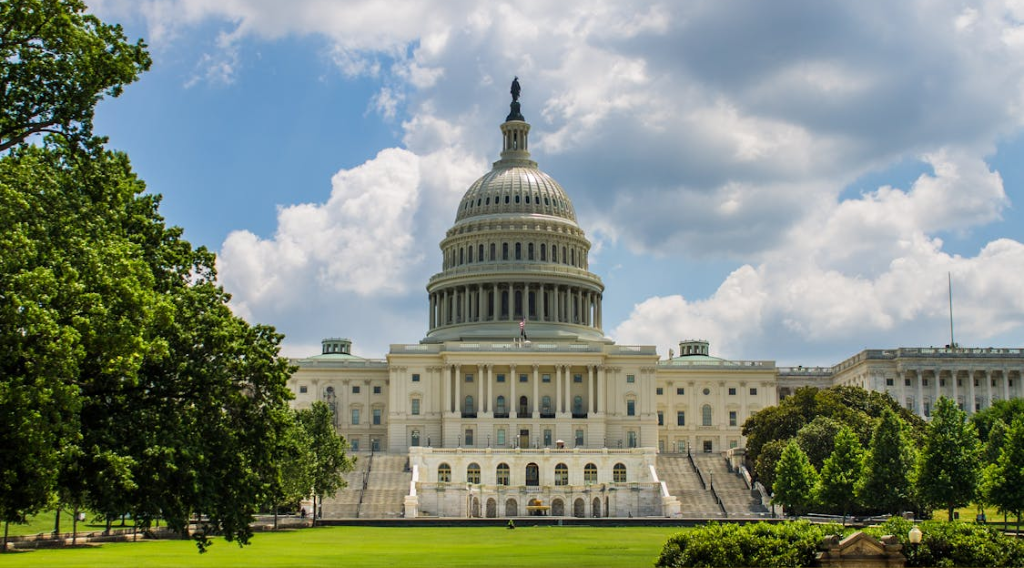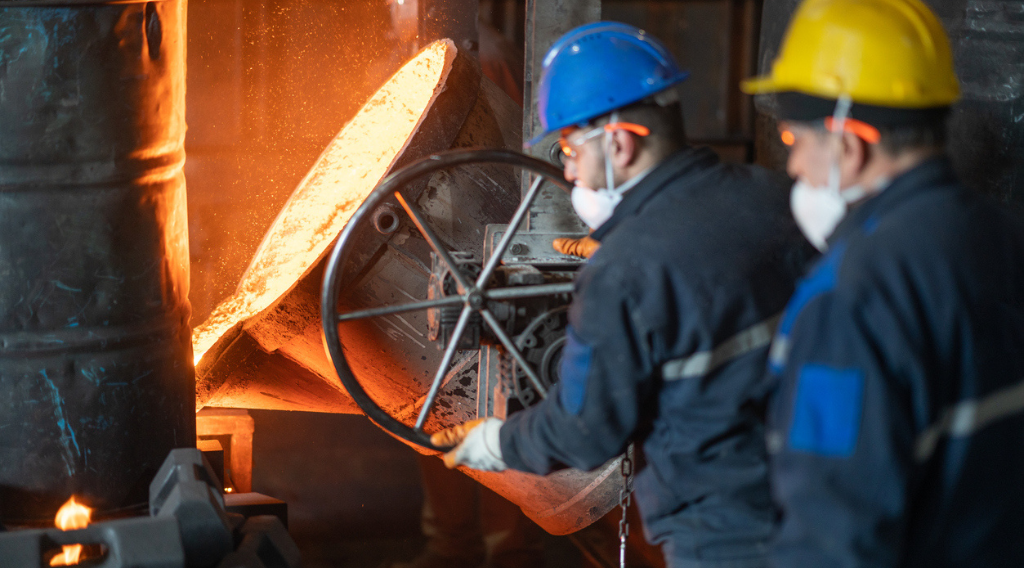
According to several news reports, President Trump plans to release an official infrastructure “blueprint” in the coming weeks. Carbon dioxide (CO2) pipeline infrastructure should be part of the Administration’s proposal.
In June of last year, a multi-state group co-convened by Wyoming Governor Matt Mead and Montana Governor Steve Bullock released a report calling on President Trump and Congress to make CO2 pipelines a priority component of a broader national infrastructure agenda. They recommended that the federal government support the development of CO2 pipeline networks that will transport large volumes of CO2 to American oil fields for use in enhanced oil recovery (CO2-EOR), while permanently storing the CO2 and substantially reducing net emissions in the process.
The report—21st Century Energy Infrastructure: Policy Recommendations for Development of American CO2 Pipeline Networks—recommends the development of strategically-placed pipeline corridors. These corridors will expand upon existing commercial CO2 pipeline networks and significantly increase their ability to carry CO2 from industrial facilities and power plants to American oil fields.
The report highlights specific policies and federal support necessary to build pipelines that will boost America’s energy independence, create jobs and decrease emissions. The development of a robust CO2 pipeline network will facilitate the U.S. oil and gas industry’s ability to utilize CO2 for oil production, with geologic storage.
For illustrative purposes, the Work Group prepared a map outlining five potential large-volume, long-distance CO2 pipeline corridors. These pipelines could increase the annual supply of man-made (anthropogenic) CO2 available for EOR by 150 million tons by 2030, when supported by targeted federal incentives for deployment of carbon capture technology.
The report also includes analyses showing that robust pipeline infrastructure on this scale could triple the existing U.S. EOR industry, with new American oil production of approximately 375 million barrels per year and an estimated reduction of 22 percent in annual U.S. oil imports from 2016 levels valued at $30 billion. The recommended CO2 pipeline infrastructure has the potential to drive an estimated $75 billion of capital investment and stimulate more than $30 billion per year in economic activity.
CO2 pipeline development will support thousands of high-paying energy, mining, construction, manufacturing, engineering and technically-skilled operations and services jobs, while generating additional state and federal revenues from new energy production and other economic activities. New CO2 pipelines will also improve the competitiveness of existing coal-fired power plants, support domestic manufacturing, attract new manufacturing, and bolster industrial production of petrochemicals, cement, steel, and other industries.
Governors Mead and Bullock launched the Work Group in 2015, which released a comprehensive set of federal and state policy incentive recommendations for carbon capture in December 2016 – Putting the Puzzle Together: State & Federal Policy Drivers for Growing America’s Carbon Capture & CO2-EOR Industry. The Great Plains Institute staffs and facilitates the Work Group.
This is a guest post by Matthew Fry, Policy Advisor for the Office of Governor Mead – Wyoming.



